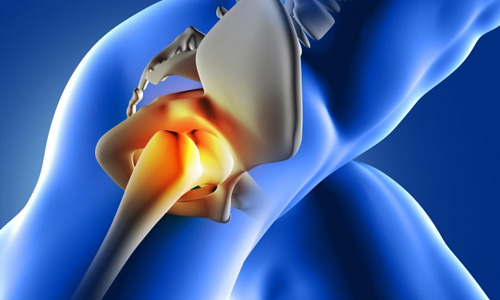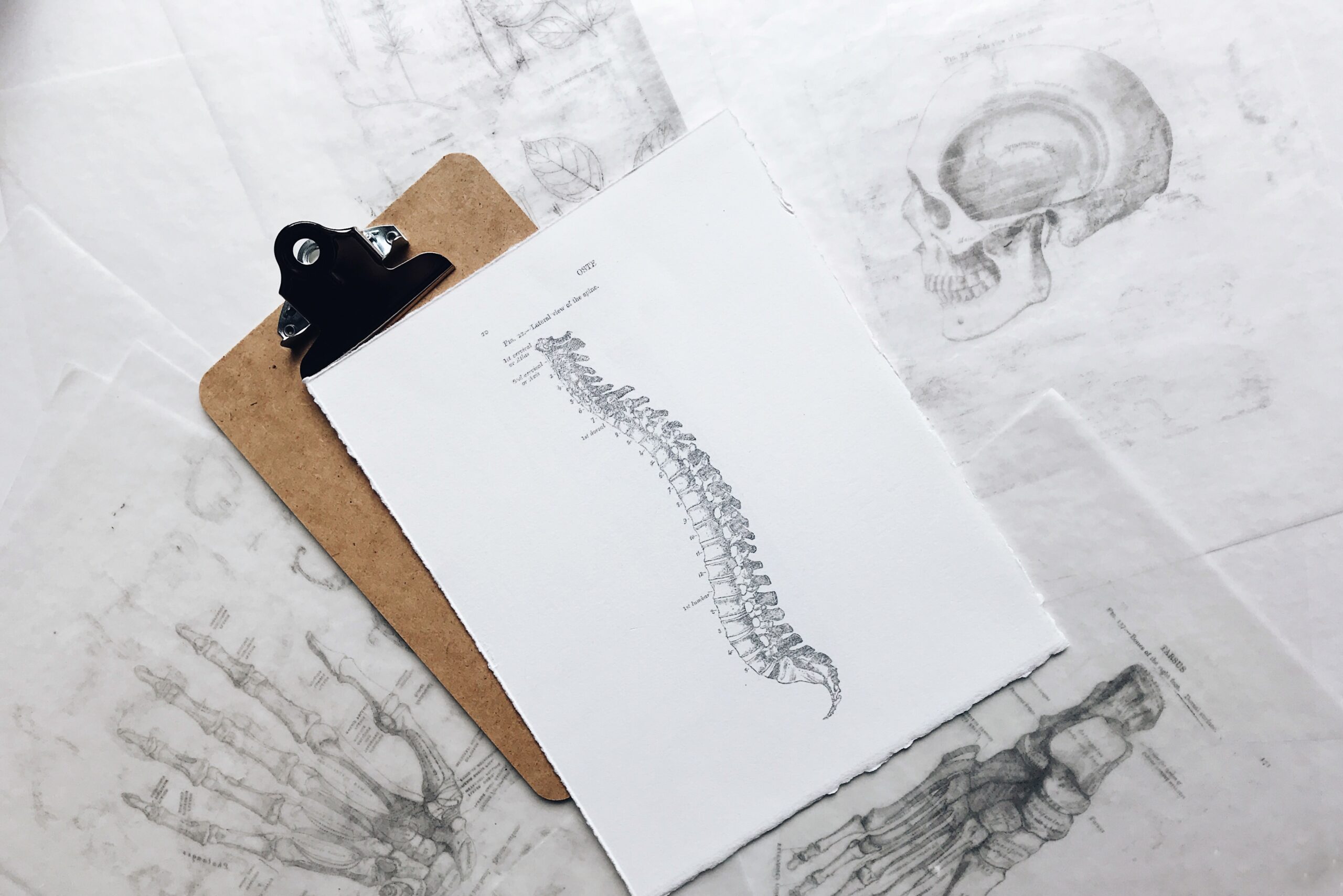

Address
2300 Sutter Street, Suite 207, San Francisco, CA 94115

Call Us

Write to Us

Book an Appointment
TOTAL HIP ARTHOPLASTY
Arthroscopy, a minimally invasive alternative to standard open surgical techniques and now the most commonly performed orthopedic surgical procedure, was one of the greatest advances in orthopedic surgery of the 20th century. Minimally invasive surgeries result in less postoperative swelling than open techniques and reduce pain, risk of complications, and recovery times. Arthroscopy has evolved from a diagnostic tool to a therapeutic tool capable of treating a wide range of injuries and disorders. Many injuries, particularly those that at one time would have been career ending for athletes, can now be addressed with arthroscopy allowing a quicker return to full function. While arthroscopy has resulted in an overall decrease in morbidity compared with open techniques, it is still an invasive procedure and inherently involves risks.
History of Arthroscopic Procedures
Almost all arthroscopic procedures can be performed in an outpatient setting. In 1999, 211 arthroscopic procedures were performed at Ochsner. Orthopedic surgery, like all fields of medicine, experienced tremendous progress in the 20th century. Along with an improved understanding of basic molecular, cellular, genetic, and biomechanical factors of the musculoskeletal system, joint replacement surgery and arthroscopic surgery were the two most important innovations in orthopedic surgery in the last 100 years. These innovations, made possible by advances in technology, will continue to improve outcomes of treatment and expand the indications for usage as technology advances. Prior to the widespread clinical use of arthroscopy and its specialized instrumentation, joint surgery required extended incisions and arthrotomies for exposure and treatment of joint pathology.
Advantages of Arthroscopy
Arthroscopy offers several advantages over such extended open arthrotomies. Compared with minimally invasive arthroscopic procedures, the extended exposure of joints prolongs recovery and increases pain and risk of complications, such as infection and arthrofibrosis. Minimally invasive surgeries, in general, result in less pain and postoperative swelling than open techniques. As a result, arthroscopically treated patients tend to heal faster and begin rehabilitation earlier and, subsequently, return to normal activity and work sooner. As techniques and indications for treatment have expanded, injuries, particularly those in athletes that at one time would have been career ending, can now be addressed with arthroscopy allowing patients to return to full function. Examples include anterior cruciate knee ligament injuries in running athletes and intra-articular shoulder pathology in throwing athletes. While these problems can be addressed with extended open techniques, the comorbidity associated with open procedures often prevents such patients from returning to their pre-injury functional status. For professional athletes, these types of injuries more often led to the end of their paying careers. Another socioeconomic benefit of arthroscopy is that almost all arthroscopic procedures can be performed in an outpatient setting. Some arthroscopists even have the facilities to perform procedures in an office setting, further reducing costs. Arthroscopy can be performed under many options of anesthesia ranging from local to general. Choice of anesthesia varies depending on the nature of the procedure and preferences of the patient and physician.
Risks of Arthoscopic Procedures
As with any invasive procedure, complications can occur with arthroscopy, now the most commonly performed orthopedic procedure. A 1983 national survey of 118,590 procedures reported 930 complications—an incidence of 0.8% (7). In this survey, equipment failure accounted for 17% of complications reported while vascular injuries accounted for 1%. Arthroscopy is a technical procedure requiring a wide range of equipment (camera and monitor, surgical equipment, pump, tourniquet, etc.) that can malfunction or break during a procedure. The surgeon should be familiar with the equipment and use it only for its intended purposes. Anesthesia problems can also occur, but this is not unique to arthroscopic surgery. When arthroscopic surgery is performed in an office setting, the surgeon must be prepared for any potential anesthesia problems that might arise. Other complications include hemarthrosis, thrombophlebitis, arterial injury, nerve injury, compartment syndrome, and infection and metabolic complications in patients with metabolic diseases (diabetes, gout) or those using steroids. While arthroscopy has resulted in an overall decrease in morbidity compared with open techniques, it is still an invasive procedure and inherently involves risks.



